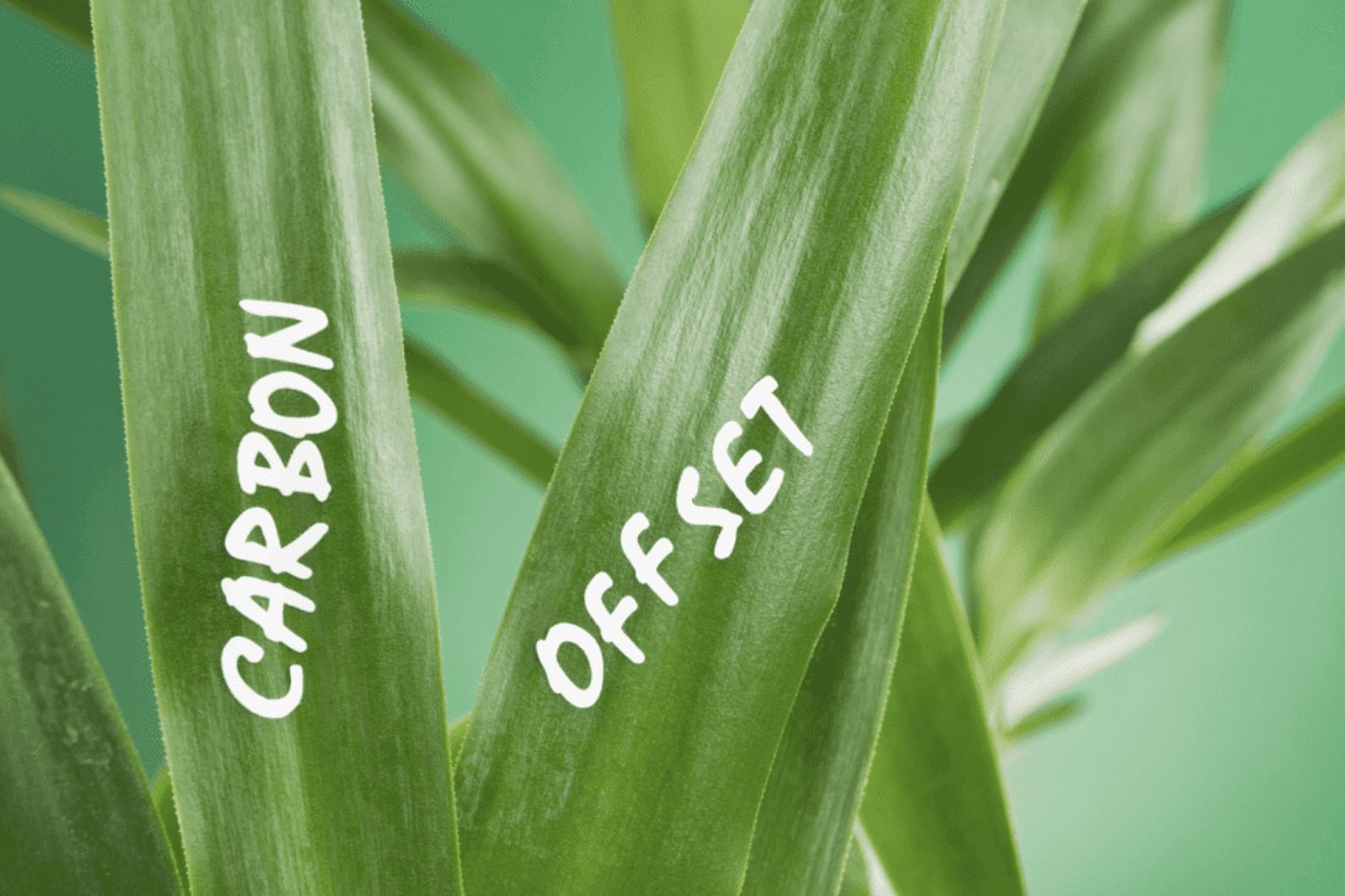In the past decade, we have met the extensive issue of climate change with a general laissez-faire attitude, because it didn’t seem imminent. Now, pressures rise. The IPCC released a statement in 2022, introducing a firm goal that all businesses must reduce their carbon emissions by at least half by 2030. The issue now is that even with the best intentions, businesses simply don’t know the right steps to take in order to make this goal actionable.
Friday, February 10th a select group of attendees from the steel, chemical, construction material, and automotive industries gathered to discuss and share strategic moves towards reduced carbon emissions, specifically through procurement. Our team at 360 Energy Inc. & 360 Carbon Excellence partnered with world-class speaker, author, and sustainability expert Bob Willard to provide insight on the state of climate affairs, and net zero procurement.
Willard stated that net-zero carbon procurement is best approached with the following pillars of; Obtaining the best value for the price, climate-friendly goods and services, suppliers aligned with net-zero targets, and the particular buyer’s strategic goals.
Now, these four considerations address the major gap that seems to be present in carbon emission mitigation efforts. Every step in the supply chain and its impact on Scope 3 emissions must be examined. In fact, Scope 3 emissions generally make up 11.5 times more of a firm’s total GHG emissions than scope 1 or 2.
The embedded carbon in a product like a car will incrementally increase with every fossil-fuel-based supply, manufacturing, and distribution facility necessary for its production and purchase. The employees in these facilities that are commuting to work in their gas-powered vehicles, or the president taking a flight to attend a conference, are contributing factors to Scope 3 emissions.
This is where the ambiguity of tracing scope 3 emissions and the obvious need for scope 3 reductions intersect, leaving firms in an actionable position. It is time to develop a procurement strategy that introduces goods and services that will guarantee a gradual decline in carbon emissions.
This idea is a butterfly effect of sorts. A firm that is a buyer gives preferential treatment to suppliers that align with their carbon reduction responsibilities, stimulating other suppliers to follow suit in order to maintain competitiveness. From there on, the suppliers in question will also be reducing their own Scope 1 and 2 emissions simply by meeting industry standards set by Scope 3-focused buyers.
Admittedly, this is easy in theory, but complicated in practice. There seems to be a lack of knowledge on the topic and with the management processes required to see carbon reductions through. This notion would require the participation and cooperation by everyone in all industries and steps of a supply chain. Though, how much idling can be done until a point of no return is reached?
Bob Willard remains optimistic, stating,
“Net-Zero procurement is an untapped market force that can quickly mobilize suppliers in the race to net-zero. It’s easy to implement, bound to happen, and the most effective way to incentivize GHG reductions. When customers give preferential treatment to suppliers who are the most aligned with net-zero carbon reduction, magic happens.”
The key here is mobilizing suppliers towards carbon reductions, with everything else following suit. With the education and dedication of procurement teams moving forward, net-zero carbon emissions and a climate-friendly future are within our grasp.
Ask how 360 Carbon Excellence can help you comprehensively assess your opportunities and risks in emerging carbon markets.










